

Scaled Agile Platinum SPCT Partner
Leading SAFe Certification Training
Leading SAFe® 6.0 Training with SAFe Agilist Certification
Lead Agile transformations with expert-led SAFe® 6.0 Agile training and simulations.
9K+ Enrolled
Accredited by
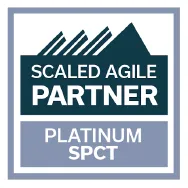

Accredited by


Scaled Agile Platinum SPCT Partner
Leading SAFe Certification Training
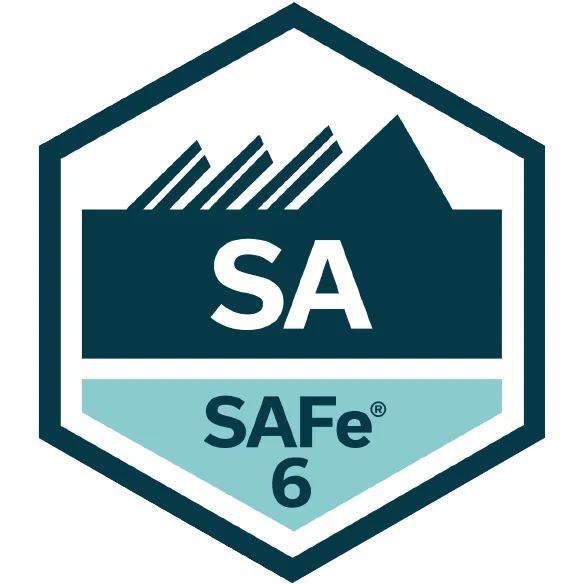
5.0
9K+ Enrolled
Lead Agile transformations with expert-led SAFe® 6.0 Agile training and simulations.
Accredited by


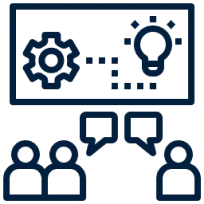
Guaranteed to Run Workshops
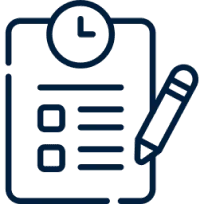
Expert-Led Study Sessions
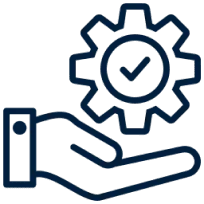
Networking Opportunities
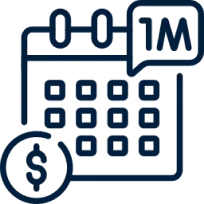
Flexible Monthly Payment Plans
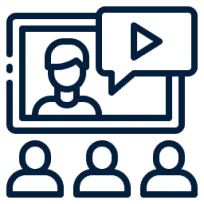
Real-World Case Studies
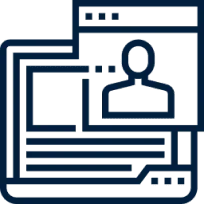
Hands-On Project Experience
Request More Details
450K+
Professionals trained
250+
Workshops every month
30+
Trainers
450K+
Professionals trained
250+
Workshops every month
20+
Trainers
Course Overview
Leading SAFe Agile Certification is crafted specifically for individuals who want to enhance their knowledge with Agile practices throughout large organizations. The training provides knowledge in Lean-Agile Leadership, program Increment (PI) planning, Agile Release Trains, and agility for the enterprise. Professionals are able to manage transformative initiatives, simplify the delivery of value, and to make themselves ready for the world-renowned SAFe Agilist certification exam.
Leading SAFe Training is a certification program designed based on the Scaled Agile Framework (SAFe 6.0). This training program equips leaders and teams with the skills to implement Lean-Agile practices, lead Agile Release Trains, and provide value on a larger scale. The training assists professionals in driving organization agility, and prepares them for success on the SAFe Agilist certificate exam.
The Leading SAFe® Certification empowers professionals to lead Agile transformations at an enterprise scale. It provides a deep understanding of Lean Agile principles, SAFe practices, and leadership skills needed to align strategy with execution. By earning this certification, you gain the expertise to coordinate multiple teams, enhance collaboration, and deliver continuous value across complex organizations.
Our Leading SAFe Agile Training offers special features such as:
The Leading SAFe® course helps you master the key capabilities needed to drive agility at the enterprise level. By the end of the training, you will gain practical skills to lead transformation, align teams, and deliver value at scale:
Complete your SAFe Agile Training from your access & flexibility.

Leading SAFe® Training Highlights
16 hours of Extensive Training
Earn 16 PDUs & 16 SEUs
100% Success Rate
Access to SAFe Community Portal
Courseware and SAFe Studio Access
Mentorship by Agile Industry Experts
Training from Platinum SPCT Partner of Scaled Agile
Exam Fee Included in the Course fee
Access to free Practice Tests with Unlimited attempts
Hands-on Practical Experience & Real-world case studies

Career upliftment

Complete your SAFe Agile certification course to gain the practical tools and leadership mindset needed to scale agility across the enterprise. You’ll turn SAFe principles into action from day one—maintaining in the following learning outcomes for the Leading SAFe Agilist Certification:

Unsure about your prep?
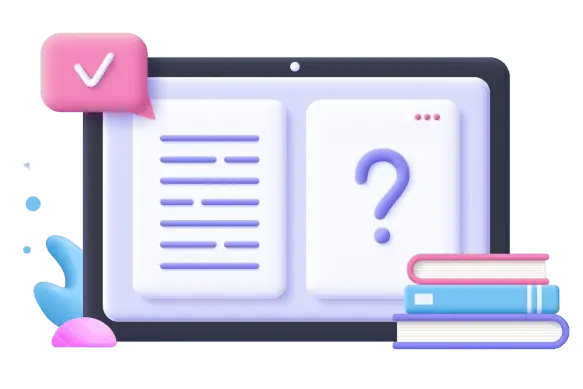
Benefits focused on Individuals and corporate
Common attendees
SAFe Agilist Training is ideal for those in charge of driving Agile change and agility in business at large scale. In the event that you are in charge of groups, run plans, or impact strategies, this course will provide individuals with the ability to help align processes and people to a common goal and to deliver more value quicker.
Executive Leader
Senior Project Manager
Product Managers
Business or Agility Consultant
Senior Program Manager
Scrum Master
Technology Leader
Engineering Leader
Anyone Interested in SAFe® Practices
Contractor or Government/Military Technical SME

Prerequisites for Leading SAFe® certification training
There are no prerequisites to enroll in the Leading SAFe Certification course. However, it is recommended for professionals to have:
Exam Format

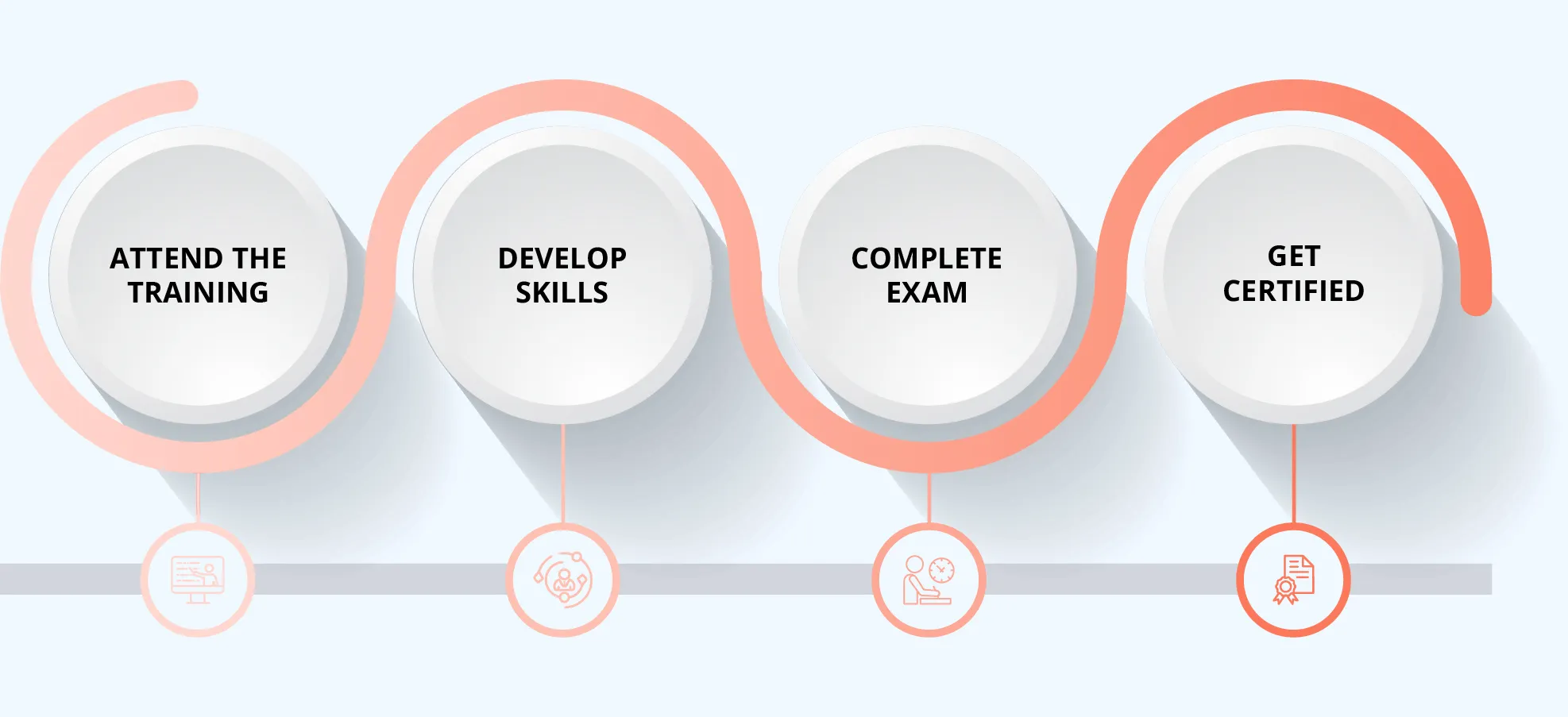
Attend the Training:
Complete the 14-16 Hours online Leading SAFe Training & learn from globally renowned SAFe Practice Consultants.
Develop Skills:
Attend the interactive training & learning session, and develop your knowledge in lean agile management.
Complete Exam:
Log in to the link sent by Scaled Agile & Clear the 90-minute Exam.
Get Certified:
Scaled Agile will update your profile, where your certification will be disclosed. Earn your certification & become Certified SAFe Agilist Professional.

Get the Leading SAFe® Certification
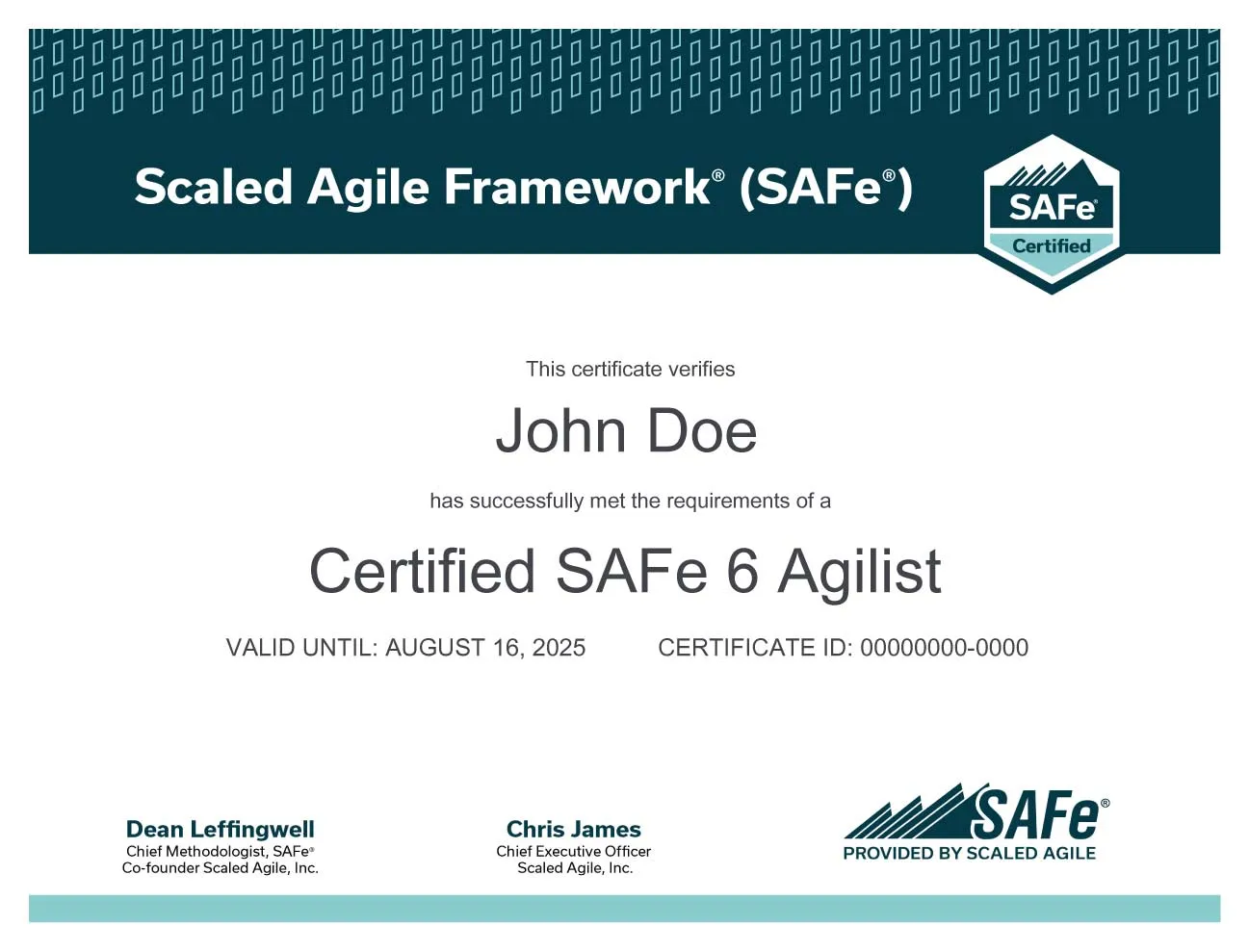
Curriculum
Course Curriculum
What you will learn in this Leading SAFe® workshop
Learn the SAFe's Principles
Learn the Lean Agile value mentality, principles, and mindset for leading the transformation of your enterprise.
Learn to lead Agilely
Learn leadership to lead teams and departments by embracing Agile.
Master Planning for PI
Learn to plan, assist, and carry out Program Increment (PI) Planning efficiently.
Integrate Strategy and Execution
Learn how to integrate business strategy, the execution of your team and portfolio.
Coordination Agile Release Trains (ARTs)
Gain expertise to oversee several teams with shared goals.
Use the Lean Portfolio Management
Learn how to prioritize projects, manage the investments and provide the business benefits.

40+ Certification programs made an impact
Employee retention improved by 45%
Work satisfaction and capabilities improved by 30% on an average
100+
Clients













Leading SAFe® Certification Course For Corporates
With learning targeted to your unique team environment, we at SimpliAxis help to resolve your specific issues and meet your specific needs with tailored training methods. We offer corporate training globally to keep Organizations up to date by building the knowledge gap required and make them strive in the competitive world with the right skills according to the industry needs.

Our Customer words for us
SAFe Big Picture
- Achieving Business Agility with the Scaled Agile Framework (SAFe)
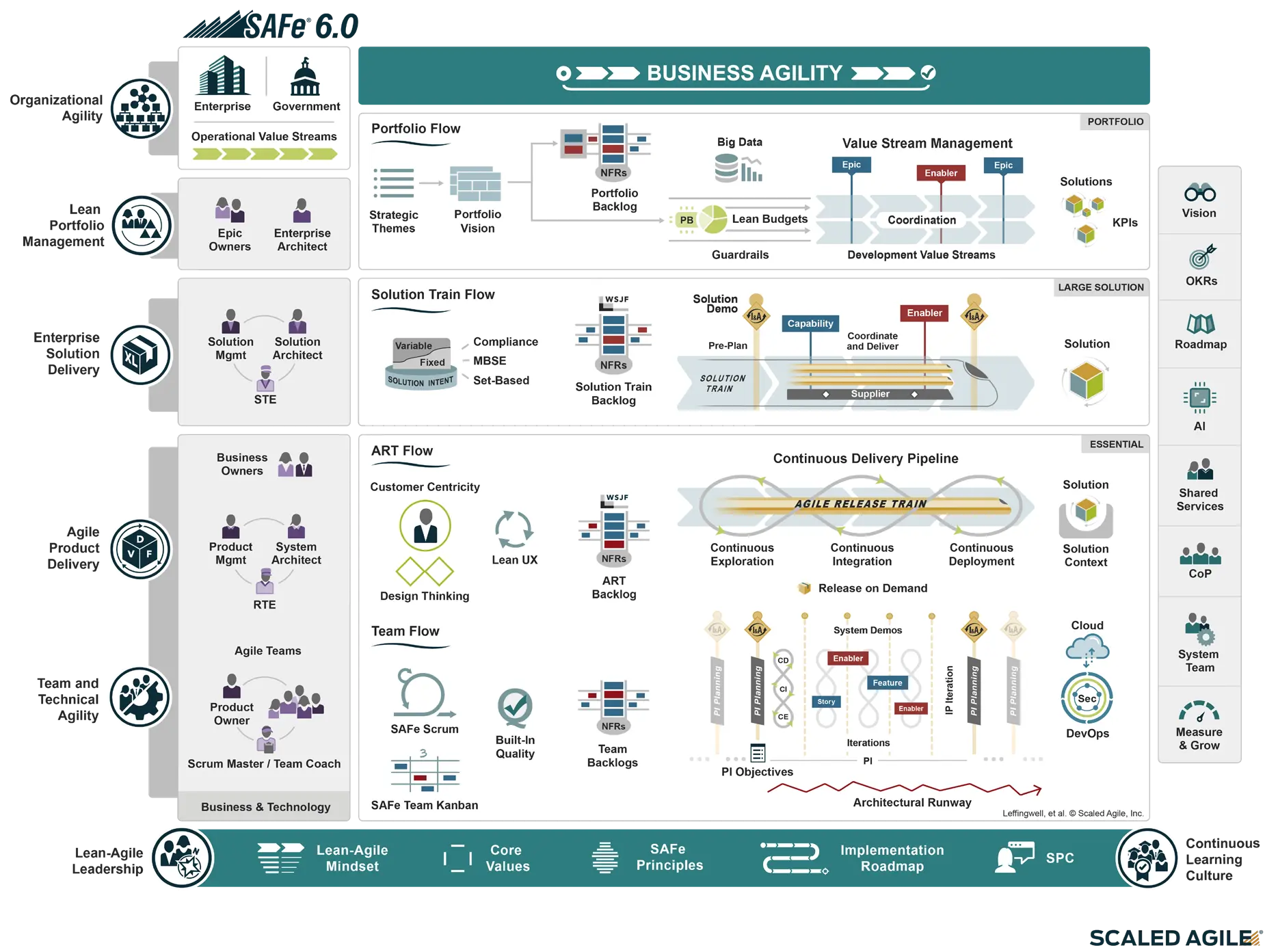
Meet the Team That's Invested in Your Success
What is the Leading SAFe® Training and Certification?
Who Should Attend the Leading SAFe® Agile Training?
Are There Any Prerequisites for the SAFe Agilist Certification?
How Long is the Leading SAFe® Certification Training?
Is the Leading SAFe Certification Training Conducted Online or In-Person?
Is the SAFe® 6.0 Agilist Exam Fee Included in the Course Price?
Will I Get Access to the SAFe® Community Platform?
What is the Average Salary of a Leading SAFe® Certified Professional?
How Long is the Leading SAFe® / SAFe Agilist Certification Valid?
What is the Renewal Fee for the SAFe Agilist Certification?
How to Renew SAFe Agilist Certification?
Is Leading SAFe certification worth it?
What is the difference between SAFe Agilist and Leading SAFe?
Is Leading SAFe certification proctored?
Which is the best SAFe certification?
Can I take the SAFe certification without training?
What is the format of the Leading SAFe® 6.0 Agilist exam?
What is the passing score for the SAFe Agilist exam?
How to prepare for leading SAFe agile certification?
How do I take the SAFe Agilist certification exam?
How much time is provided for the SAFe Agilist exam?
How soon will I receive my SAFe Agilist exam results?
How many attempts are allowed for the Leading SAFe® exam?
What is the cost of retaking the SAFe Agilist exam?
How can I prepare effectively for the Leading SAFe® exam?
Does the Leading SAFe® training include a practice test?
How long is the SAFe Agilist certification valid, and how do I renew it?
Is there a preferred currency for payment, especially for international students?
Can payments be made online through your website, or do I need to visit a physical location?
Do you offer any discounts or promotions for early payment?
Can I pay for the course in installments, or is full payment required upfront?
Will I get a refund if I cancel my enrollment?
Where will I get my payment receipt?
Is there any transaction or processing fee?
What cards do you accept?
What payment options are available?
What if I miss a class? Are there any money back options?
If I want to know more about Training, whom should I connect with?
Is there any option to complete the Training in the native language if a participant chooses to?
Can I receive personalized Training at my convenience?
Where do I find the upcoming schedules of my course?
After enrollment, can I change the date of my training class?
Do I get any certificate upon completion of the course?
How do I enroll in the training course?
What are the different courses offered by Simpliaxis?
What are the different modes of Training available for Simpliaxis courses?
Do you offer online Training?
Do you offer corporate Training?
Who are the instructors of my course?
Is there any discount available for the Simpliaxis courses?
Whom do I contact if I have more queries regarding my course?
Are your courses affordable?
Why should I choose Simpliaxis?
What is the object of Simpliaxis?
How much discount will I get if I enroll for the Training?
Leading SAFe® Course FAQs
Leading SAFe® Certification is a globally recognized credential offered by Scaled Agile Inc. It validates your ability to apply the Scaled Agile Framework (SAFe®) principles to lead Lean-Agile transformations across large enterprises. Through this training, professionals gain a deep understanding of Agile mindset, Lean principles, and how to coordinate multiple Agile teams to deliver business value faster and with higher quality.
This course is ideal for executives, managers, Scrum Masters, product owners, Agile coaches, and team leads who want to drive organizational agility and lead SAFe implementations. It is also beneficial for project managers, program managers, and change agents responsible for scaling Agile practices across departments or portfolios.
There are no strict prerequisites to enroll in the Leading SAFe course. However, it is recommended that participants have:
The Leading SAFe® training typically spans two days (16 hours) of intensive, instructor-led sessions. The course includes interactive exercises, case studies, and mock tests to prepare participants for the SAFe® 6.0 Agilist Certification exam.
Yes. When you enroll with an authorized Scaled Agile training partner like Simpliaxis, the exam fee is included in the course price. The package covers access to official study materials, one-year membership in the SAFe Community Platform, and your first exam attempt.
According to global surveys, Leading SAFe® certified professionals earn between USD 100,000 and USD 140,000 annually. In India, salaries typically range from INR 14 to 22 lakhs per year, depending on experience, job role, and organization size.
The SAFe Agilist Certification is valid for one year from the date of passing the exam. Maintaining an active certification ensures you stay updated with the latest SAFe practices and maintain professional credibility.
The renewal fee for the SAFe Agilist Certification is USD 195 per year. Renewal extends your membership in the SAFe Community Platform and provides continued access to the latest Agile resources, frameworks, and industry updates.
The Leading SAFe® 6.0 exam is a multiple-choice, web-based test conducted on the SAFe Community Platform. It includes 45 questions that must be completed within 90 minutes. The exam is closed-book and designed to assess your understanding of Lean-Agile principles, SAFe Core Values, and implementation practices
To successfully earn your SAFe Agilist certification, you need to score at least 80% (36 out of 45 questions correct). The questions are scenario-based and test your practical application of SAFe concepts.
After completing the Leading SAFe training from an authorized Scaled Agile training partner like Simpliaxis, you will receive a link to the online exam from Scaled Agile Inc. The test can be taken remotely from any device with a stable internet connection.
You will have 90 minutes (1.5 hours) to answer all 45 questions. Once you start the exam, the timer cannot be paused, so it’s important to ensure a quiet and uninterrupted environment.
Exam results are available immediately after submission. You’ll see your score and whether you’ve passed. A digital certificate and badge will also be issued via the SAFe Community Platform if you pass.
The first exam attempt is included in your course registration fee. If you need to retake it, you can attempt up to three additional times by purchasing retake vouchers directly through Scaled Agile Inc.
Each retake attempt costs USD 50, payable through your SAFe Community Platform account. There’s no waiting period for the second attempt; however, Scaled Agile recommends reviewing the topics before retrying.
Preparation tips include:
Studying key topics like Lean-Agile Mindset, ART planning, PI objectives, and SAFe Core Values
Yes, Authorized providers such as Simpliaxis provide access to an official SAFe® Practice Test. It mirrors the real exam format and helps you assess your readiness before attempting the certification test.
Your SAFe Agilist certification is valid for one year. To renew, you must pay a USD 195 annual renewal fee, which also extends your membership to the SAFe Community Platform and grants access to updated resources.
You can reach out to our experienced career counselor
or email us on support@simpliaxis.com
or contact any of our phone numbers
or you can chat with us anytime
or visit our contact us page https://www.simpliaxis.com/contact-us
Find out why 1,000+ professionals love SimpliAxis